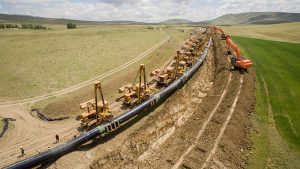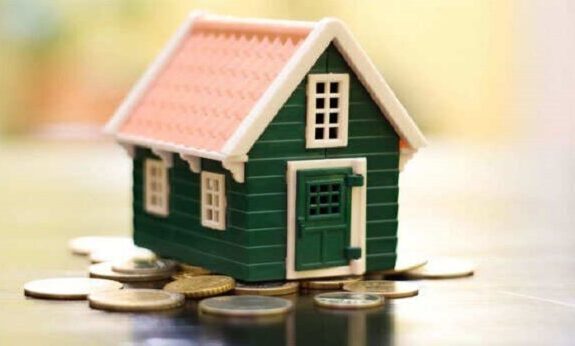World Bank Loans India $500m for Rural Road Building

By Realty Quarter Bureau
The Indian government and the World Bank have signed an agreement for a $500m loan to provide additional financing for the Pradhan Mantri Gram Sadak Yojana (PMGSY) rural roads project. The project includes the construction of 7,000km of all-weather roads, half of which will be built using green technologies, including:
Climate vulnerability assessment during the design process to identify the locations at risk of damage by floods and erosion. Special treatment for flood-affected areas through waterways and submersible roads to allow easy passage of water. The use of environmental road designs and technologies which use local and marginal materials and industrial by-products such as sand and local soils in place of crushed rocks
The use of prefabricated units for bridges and culverts with the ability to withstand earthquakes and water forces. Additional financing will be used to fill the gender gap by creating employment opportunities for women in construction and maintenance.
The World Bank has supported PMGSY since development began in 2004 and has invested $1.8bn mostly in the economically weaker hill states across northern India, such as Bihar, Himachal Pradesh, Jharkhand, Meghalaya, Rajasthan, Uttarakhand and Uttar Pradesh.
The World Bank estimates that PMGSY has built and improved about 35,000km of rural roads, benefitting eight million people so far.
Funding has previously been used for community-based maintenance contracts through women self-help groups (SHGs) for routine maintenance of 200km of PMGSY roads in Uttarakhand, Meghalaya and Himachal Pradesh.
SHG-run maintenance contracts will now be extended to about 500 km roads over five states. Sameer Kumar Khare, India’s Department of Economic Affairs joint secretary, said: “The PMGSY over the years has brought about a paradigm shift in the way rural roads are mapped, designed, monitored and built, involving communities especially women. “The additional finance will bring a new shift in construction technology using green and low carbon designs and climate resilient techniques.
“Now more rural communities will have access to better economic opportunities and social services.”



















































































